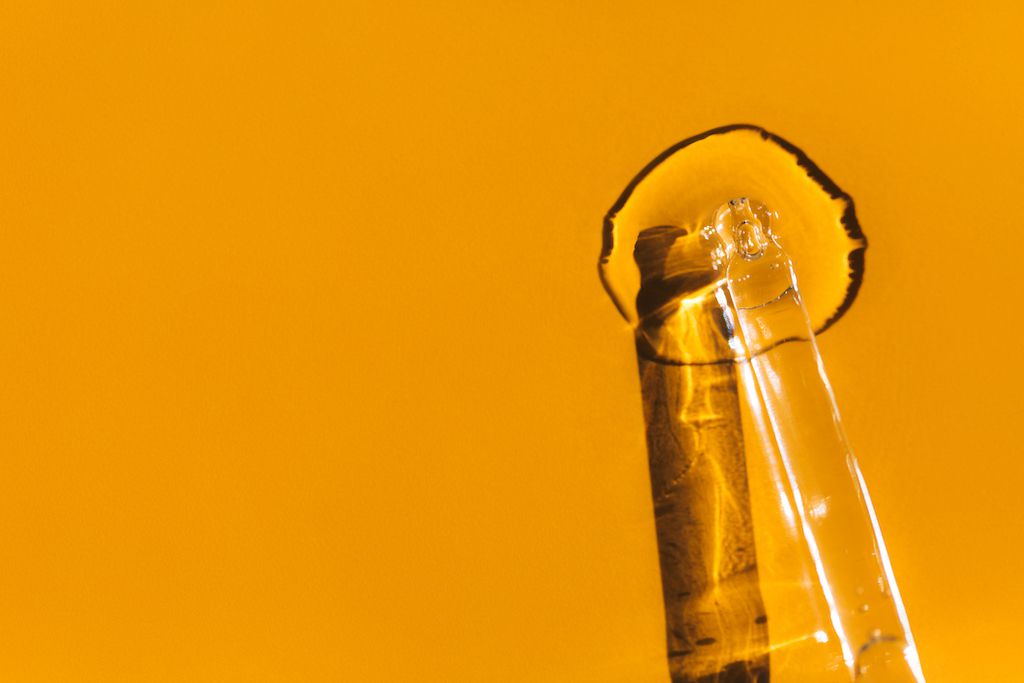Dry vs. Dehydrated Skin: This Is How to Spot the Difference
The two terms are interchanged as regularly as “dinner” and “tea,” but dry and dehydrated skin are not the same thing. Yes, you might have spent the past few mornings staring into the mirror, marveling at how your once bouncy, glowy, happy skin has suddenly turned rough, dull and dry, but did you ever consider that what you’re looking at might be a severely dehydrated complexion? Or that perhaps the troublesome skin you’ve branded dehydrated could, in fact, be haunted by a deep-set dryness?
Granted, it might sound like we’re splitting hairs here, but understanding how these two skin concerns differ (and how they’re best treated) could be the one thing standing in between you and not just a good skin day, but a good skin life—yes, there’s that much at stake here. So we’ve done our homework and sought guidance from some of the skincare world’s most renowned experts.
What Is Dry Skin?
Unlike dehydrated skin (which we’ll get to later) dry skin lacks oil. This isn’t a temporary condition, but rather widely considered a skin type that tends to be more permanent. The real giveaway is skin’s texture. “Dry skin occurs deep between the layers of your skin but causes dry, flaky skin cells to appear on the surface, making skin appear rough, cracked and a little bit leathery,” explains Time Bomb skincare expert Michaella Bolder. “It lacks suppleness and elasticity, which leads to wrinkles.”
How Do I Treat Dry Skin?
You can’t necessarily “fix” dry skin, but you can improve its appearance. First, you’ll want to replace the oils that dry skin fails to make itself, so bolster your skincare regimen with a rich, nourishing face oil.
“Avoid foaming cleansers that are going to strip the skin,” warns Bolder. “Instead, use an oil-based cleanser that will inject moisture as it cleanses.” Skincare ingredients such as natural botanical oils and coconut oil are particularly good at peeling away that rough, flaky texture and replacing it with pillowy soft skin.
Supplements can help too. “A supplement that’s rich in omega-3 fatty acids (such as krill oil) will help nurture dry skin,” recommends Noella Gabriel, co-founder, and creator of Elemis therapies.
What Is Dehydrated Skin?
On the other side of the coin lies dehydrated skin. “The word ‘dehydrated’ refers to having a specific skin condition—and one that anyone can experience at any time,” explains Gabriel. In fact, even oily and combination skin types can become dehydrated.
Rather than lacking oil, dehydrated skin lacks water, which is vital in making it look plump and healthy.1 “Dehydrated skin looks flat due to surface cell deflation, and it shows a network of tiny, triangular fine lines,” advises Bolder. Expect your face to feel tight and your complexion to appear as though someone turned the lights off inside it.
Why Do I Have Dehydrated Skin?
If you’ve just noticed the signs of dehydration setting in, it’s probably thanks to the change in seasons. According to Phillipa Lowe, MD, and Simple Dermatologist, “Skin dehydration can be caused by anything that damages the skin barrier, such as changes in temperature, harsh weather, stress, sun damage and lack of sleep.”
You’ll also want to be careful with your skincare regime, as anything too potent can worsen the problem. “Products that are too harsh can gradually damage the skin barrier, meaning it cannot maintain moisture levels adequately,” Lowe adds.
How Do I Treat Dehydrated Skin?
First, it’s probably wise to chuck out those face scrubs. “Avoid using overly harsh scrubs with coarse, abrasive particles, which will merely exacerbate the problem,” explains Gabriel.
Instead, look for serums that contain hyaluronic acid and collagen, as well as water-based face mists to replenish moisture reserves and give skin its bounce back. We also love Simple’s Water Boost Hydrating Booster ($5) which contains plant-derived Pentavitin which has similar moisture-loading properties to HA as well as Avene’s Hydrance Intense Serum ($38), which is really gentle on sensitive skin.
Of course, we all need to make sure we drink two to three liters of water every day to maintain skin’s moisture balance, but food can help too—”eat more water-rich foods such as cucumber, lettuce, avocado, broccoli, and watermelon,” she adds.








